Utah Core
•
Curriculum Search
•
All Science - Secondary Lesson Plans
•
USBE Science - Secondary website
Lesson Plans
Strand 7.3: STRUCTURE AND FUNCTION OF LIFE
Living things are made of smaller structures, which function to meet the needs of survival. The basic structural unit of all living things is the cell. Parts of a cell work together to function as a system. Cells work together and form tissues, organs, and organ systems. Organ systems interact to meet the needs of the organism.Standard 7.3.2
Develop and use a model to describe the function of a cell in living systems and the way parts of cells contribute to cell function. Emphasize the cell as a system, including the interrelating roles of the nucleus, chloroplasts, mitochondria, cell membrane, and cell wall. (LS1.A)-
7.3 Structure Function of Life Lesson Plan & Resources
A Google Drive folder with 7.3.1, 7.3.2, 7.3.3 phenomenon-based, 5E lessons that align to the SEEd standards. Lesson folders include lesson plans, a slideshow, and supporting materials for teaching the lesson to your students. Students will learn about cells and cell function by looking at systems from big to small. First learning about how the digestive system works with the circulatory system to get food to cells. Students will investigate cells and their structure and function. -
Organelle Bio Poem Lesson Plan
This is a fun and creative way for students to demonstrate their understanding of eukaryotic cell organelles. Students will create a bio poem about an organelle as if the organelle were a person. Their final product will be a poster or video of their poem that can be shared with the class. This lesson includes a bio poem organizer for students, as well as various links to interactive organelle structure and function websites.


 UTAH EDUCATION NETWORK
UTAH EDUCATION NETWORK

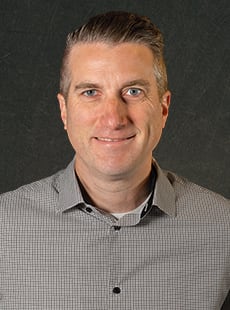 Justin
Justin Braxton
Braxton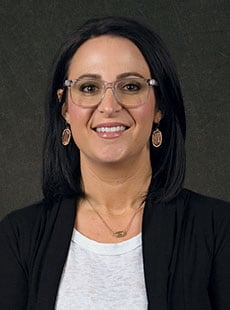 Dani
Dani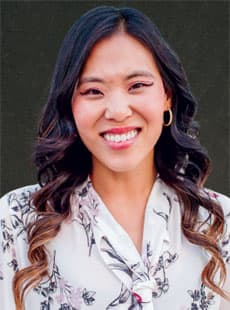 Kayla
Kayla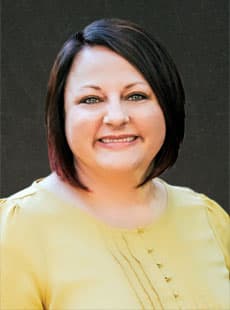 Katie
Katie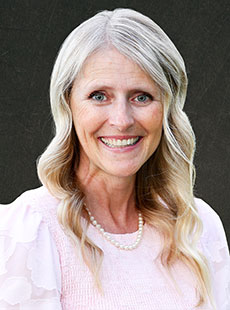 Lora
Lora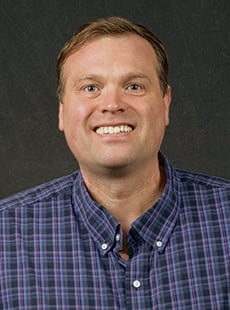 Rob
Rob Val
Val
